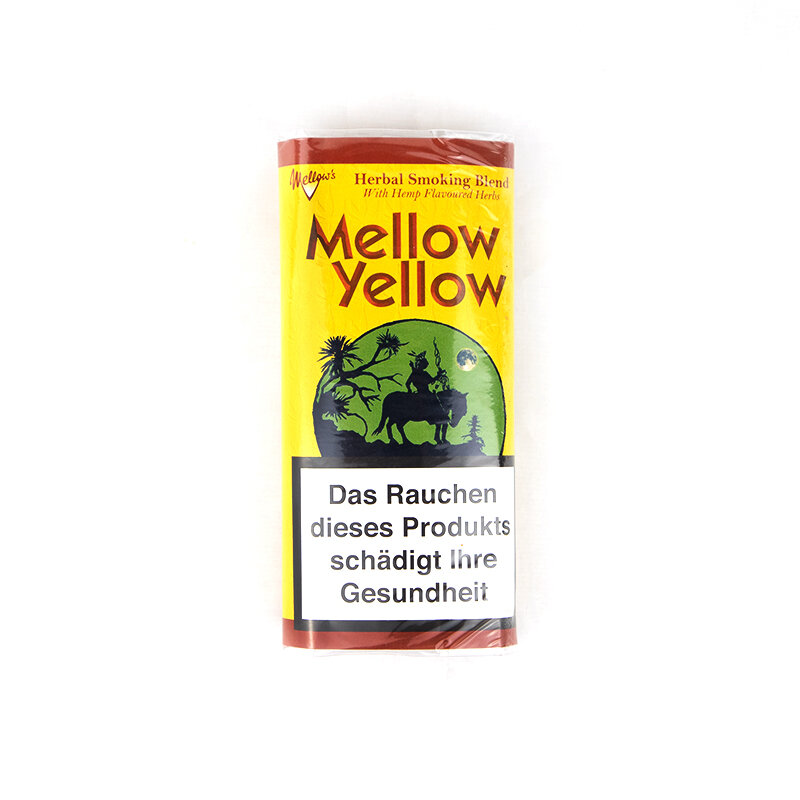

On the basis of evidence that the tobacco companies have marketed menthol cigarette brands to specific groups (eg cheaper in African-American/Black neighborhoods), 21, 22 we examined whether a lower price for American Spirit would exist in neighborhoods with a higher proportion of AI/AN residents. 17, 20 To date, less research has examined American Spirit relative to other cigarette brands in the same stores and in relation to neighborhood demography. Research on variation in cigarette prices by brand and neighborhood demography has focused almost exclusively on the premium brands Marlboro (Philip Morris and Altria) and Newport (manufactured by Lorillard until it was acquired by Reynolds American in 2015). 18 In addition, AI/ANs have the highest rate of tobacco use in the United States 8 and a relative lower income. 17 Although price sensitivity of AI/AN smokers in the United States has not been studied, previous research in New Zealand found that indigenous smokers of Maori heritage were more price sensitive when compared to smokers of European heritage. Price sensitivity among youth who smoke is well established. Previous studies demonstrate consumers’ willingness to pay higher prices for organic foods, 14–16 but the relative price of cigarettes that are marketed as organic or additive-free has not been studied. Approximately 8.8% of US high school students reported past-month cigarette smoking. 11 Indeed, California’s American Indian Tobacco Education Network sponsored a counter-marketing campaign near AI/AN tribal lands that pictured American Spirit and two other cigarette brands with the message, “Stop the sale of our image: Don’t buy the lie.” 12 Another priority population are adolescents who smoke cigarettes, use other tobacco products, or are susceptible to future use. 10 American Spirit is noteworthy for marketing tactics that may appeal to the AI/AN community, contributing to misperceptions that the brand is manufactured by AI/ANs or on tribal lands near Santa Fe, New Mexico. Analyses of previously secret tobacco industry documents criticized tobacco companies, including Santa Fe Natural Tobacco Company, for appropriating AI/AN imagery, symbols, and the ceremonial use of traditional tobacco to market commercial tobacco products. In spite of significant declines in cigarette smoking over three decades, one of the smallest declines was observed among American Indians/Alaska Natives (AI/ANs), 7 a priority population with the highest smoking prevalence in the United States (31.8%) 8 and in California (32.2%), 9 where this research was conducted. In 2018, new packaging replaced the banned terms with the phrase “Tobacco Ingredients: Tobacco & Water.” Four of the 14 varieties of American Spirit are marketed as organic. The US Food and Drug Administration required the manufacturer (Santa Fe Natural Tobacco Company, owned by Reynolds America, a division of British American Tobacco) to remove the marketing terms “additive-free” and “natural” from American Spirit packaging and advertising, 6 but allowed the company to retain “natural” in its brand name. 3, 4 Cigarettes marketed as “natural” are more likely to be perceived by youth as less harmful to health, 5 and research examining perceptions about American Spirit has found that the brand appeals more to younger smokers (aged 18–34 years) than to older smokers. 2 In previous studies, smokers and nonsmokers were more likely to perceive American Spirit as the “healthier” option and rated the brand as less likely to cause harm to health compared to other cigarette brands. More than 2.5 million adult smokers incorrectly believe that their cigarettes are less harmful than others, 1 and American Spirit smokers are more than 20 times as likely as smokers of other brands to endorse this false belief. It has four international bridges and one railway bridge.Īccording to the 2010 census, the city population was 236,091, making it the 10th-most populous city in Texas and third-most populated U.S. The city is on the southern end of I-35, which makes it close to the manufacturers in northern Mexico.

Many major transportation companies have a facility in Laredo. Laredo's economy is based on international trade with Mexico. Founded in 1755, Laredo grew from a village to the capital of the short-lived Republic of the Rio Grande to the largest inland port on the Mexican border. Laredo has the distinction of flying seven flags (the flag of the former Republic of the Rio Grande, which is now the flag of the city, in addition to the Six Flags of Texas). Laredo ( lə-RAY-doh Spanish: ) is a city in and the county seat of Webb County, Texas, United States, on the north bank of the Rio Grande in South Texas, across from Nuevo Laredo, Tamaulipas, Mexico.


 0 kommentar(er)
0 kommentar(er)
